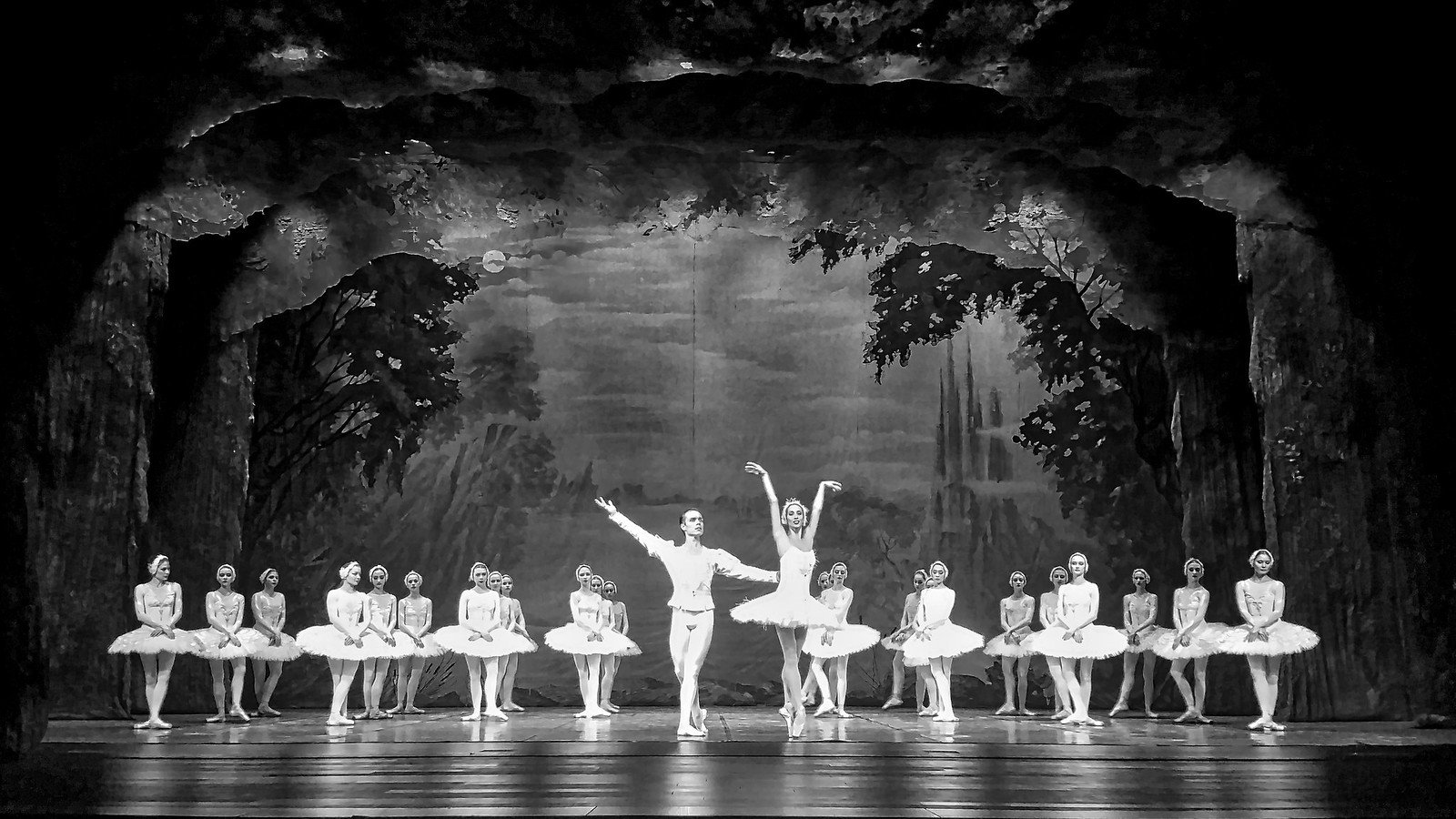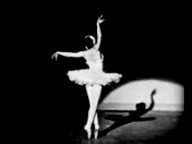
UNITED STATES
Following the move of the Ballets Russes to France, ballet began to have a broader influence, particularly in the United States of America. From Paris, after disagreements with Diaghilev, Fokine went to Sweden and then the US and settled in New York. Diaghilev believed that traditional ballet offered little more than prettiness and athletic display. For Fokine that was not enough. In addition to technical virtuosity he demanded drama, expression and historical authenticity. The choreographer must research the period and cultural context of the setting and reject the traditional tutu in favour of accurate period costuming. Diaghilev believed that traditional ballet offered little more than prettiness and athletic display. For Fokine that was not enough. In addition to technical virtuosity he demanded drama, expression and historical authenticity. The choreographer must research the period and cultural context of the setting and reject the traditional tutu in favour of accurate period costuming. Fokine choreographed Sheherazade and Cleopatra. He also reworked Petrouchka and The Firebird. One of his most famous works was The Dying Swan, performed by Anna Pavlova. Beyond her talents as a ballerina, Pavlova had the theatrical gifts to fulfill Fokine’s vision of ballet as drama. Legend has it that Pavlova identified so much with the swan role that she requested her swan costume from her deathbed.

The Dying Swan choreographed by Fokine, performed by three soloists (shown in order):
- Anna Pavlova (7 seconds)
- Yvette Chauvire (10 seconds)
- Natalia Makarova(14 seconds).
George Balanchine developed state-of-the-art technique in America by opening a school in New York. He adapted ballet to the new media, movies and television. A prolific worker, Balanchine rechoreographed classics such as Swan Lake and Sleeping Beauty as well as creating new ballets. He produced original interpretations of the dramas of William Shakespeare Ρωμαίος και η Ιουλιέτα and Όνειρο Θερινής Νύχτας, and also of Franz Léhar’s Εύθυμη Χήρα.

